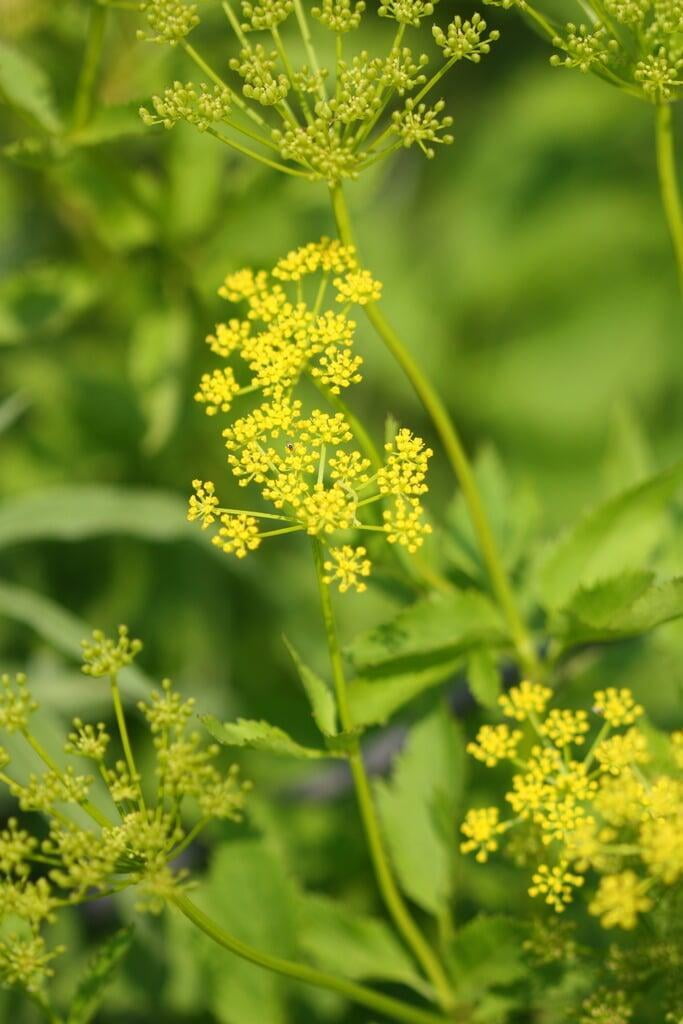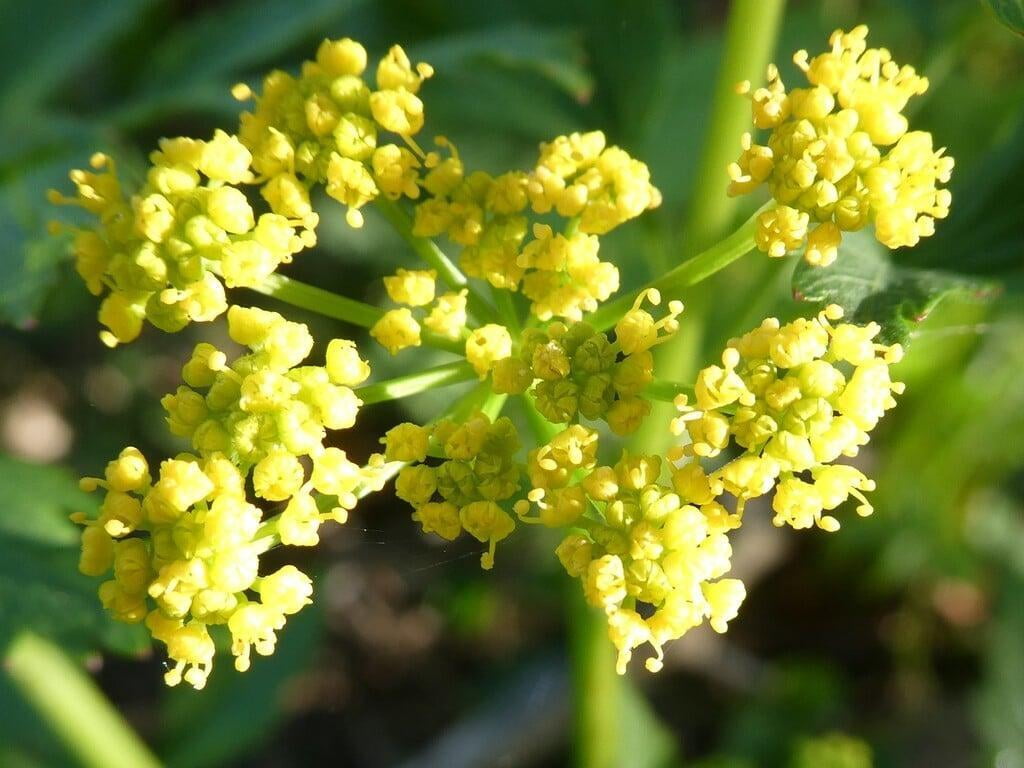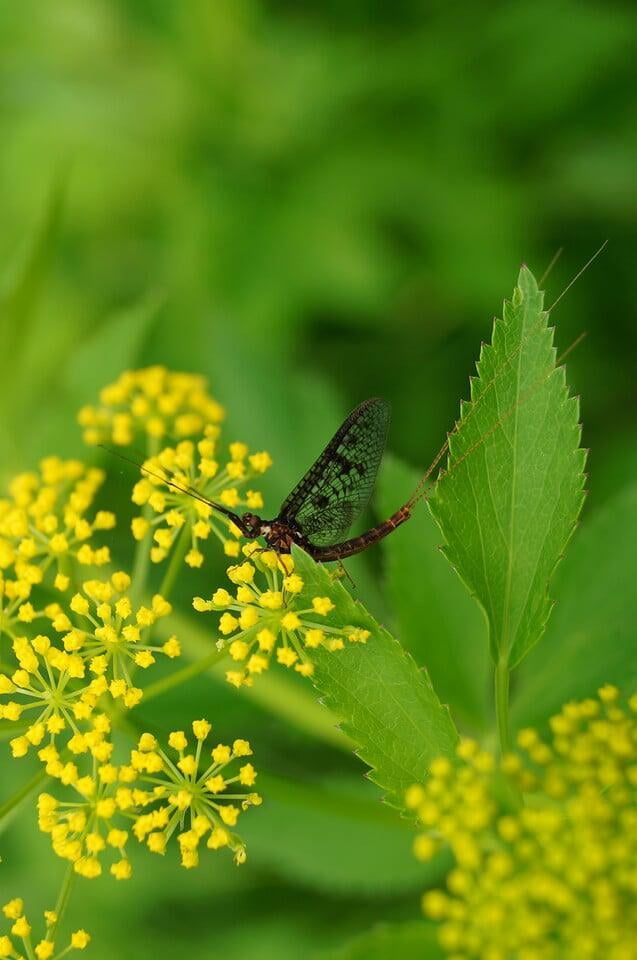Zizia aurea
Golden alexander Description:
Zizia aurea, commonly known as Golden Alexanders, is a native wildflower found in North America. It is a member of the carrot family and grows up to 3 feet tall with an upright, branching habit. The plant has bright yellow umbels of small flowers that bloom from late spring to early summer. The leaves are compound, with 3-5 leaflets that are toothed and sometimes slightly hairy.
Golden Alexanders is a popular plant for pollinator gardens and meadows because it attracts a variety of bees, butterflies, and other beneficial insects. It is also a larval host plant for the black swallowtail butterfly. This plant prefers moist to wet soils and is often found growing in meadows, prairies, and along stream banks. In addition to its ecological benefits, Golden Alexanders is also an attractive garden plant, adding bright color and texture to borders and mass plantings.
Native Range:
Golden alexander is found in central and Eastern United States. In Minnesota, Golden alexander can be found growing nearly statewide.
Standard Plant Information:
Plant Height: 1' - 3'
Bloom Time: May - July
Preferred Habitat: Does well in part shade to full sun. Often found in moist fields, thickets, rich open woods, and along streams.
Sowing:
For most homeowners, the best option is to scatter seed on the ground by hand broadcasting at a minimum of 16-64 pls ounces per acre. For even coverage, we recommend that you broadcast seed in perpendicular rows across the site to ensure even coverage.
You’ll want to broadcast any grass seed first, which will get raked into the soil lightly. Next, it is ideal to mulch the area lightly with either a clean (no seed) straw or preferably with our native Little Bluestem straw, sold at our retail garden centers. After a light mulching is complete, now it’s time to broadcast your native wildflower seeds, which should not be raked into the soil. A good rain or watering is sufficient to cover the seed.
Planting:
Simply dig a hole in the soil slightly larger than the plant’s roots. Ensure that the soil line of the plant is maintained during the transfer (i.e. the plant should be at the same level with the ground as it was in the pot). Pack any loose dirt back around the plant and make sure you water it well the same day to ensure it has the best chance of survival.











